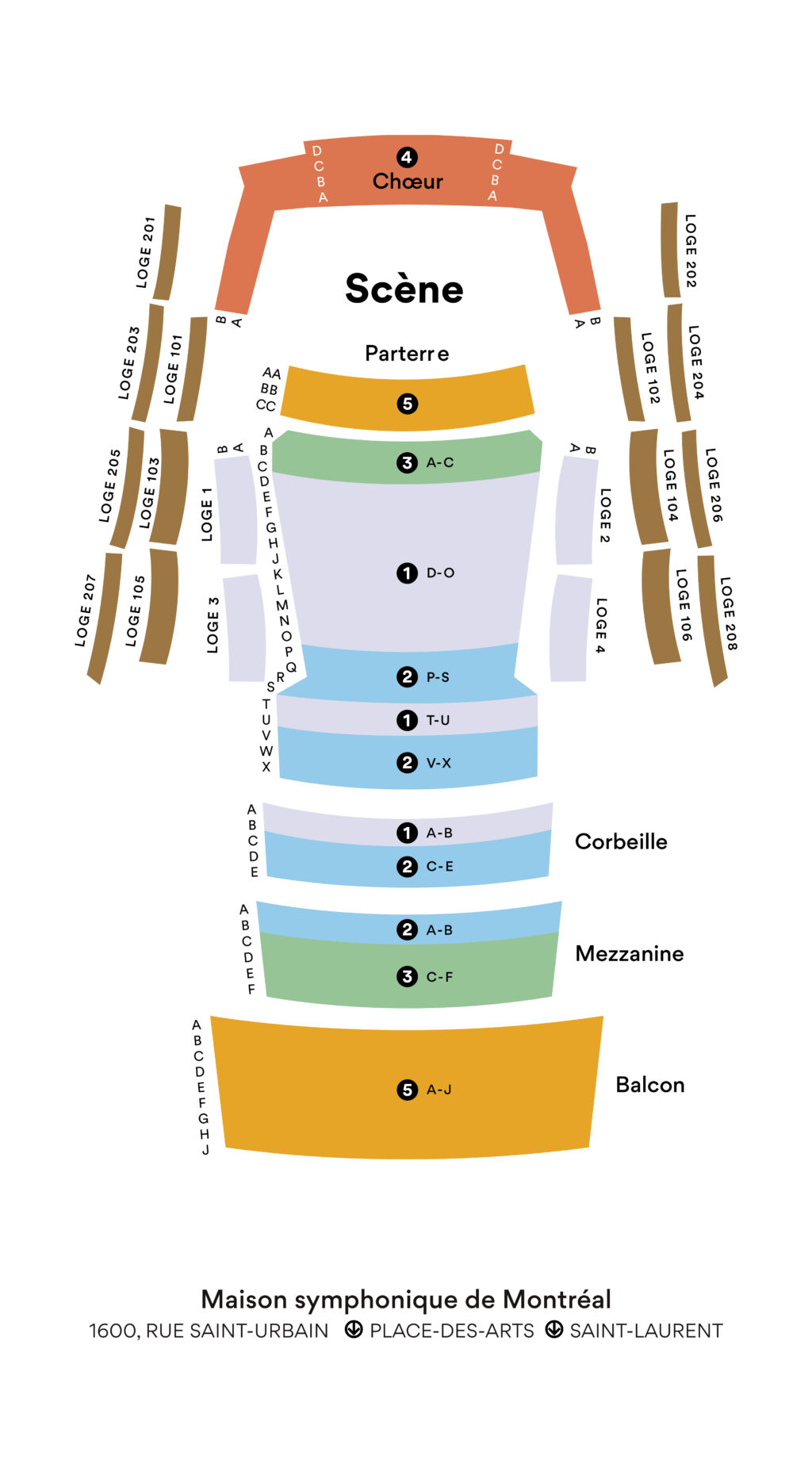The Mermaid (Die Seejungfrau)
Zemlinsky
1871 – 1942
Notwithstanding these circumstances, Zemlinsky had achieved some notoriety in Europe. While towering figures like Schoenberg and Mahler were highly influential, Zemlinsky served as a conductor in several major opera houses, taught in several institutions, and left behind an extensive catalogue of works.
One of his best-known pieces is the tone poem Die Seejungfrau, lost for several decades after his death. Following its premiere in Vienna in 1905, Zemlinsky withdrew the score from the public domain to make revisions. He offered the first movement as a gift to his friend Marie Pappenheim, taking the second and third movements with him in exile to the United States. After his death, his widow mistook the two movements for fragments of symphonies and donated the score to the Library of Congress in Washington along with the composer’s other manuscripts. Only in the 1980s, when two doctoral students undertook to compare these two movements with the first one that had remained in Vienna, was it deduced that all three made up a single work.
Based on a tale by Hans Christian Andersen—which culminates in a far grimmer ending than the well-known Disney movie—Die Seejungfrau was a work of particularly personal significance to Zemlinsky. It epitomized his broken heart. Like the Little Mermaid who, after trading her voice for human legs to the Sea Witch, was forsaken by the Prince, who married another, Zemlinsky had been rejected by Alma Schindler in favour of Gustav Mahler.
Rather than deploying a linear narrative recounting the story of the Little Mermaid, Zemlinsky presents a series of colourful tableaux recalling the settings in which the story unfolds. The first movement depicts the ocean floor, with low notes from the brass that seem to rise from the depths of the sea, and undulations in the woodwinds that summon the billowing of fish and algae. The second movement brings us to the scene of the Prince’s shipwrecked boat, when the Little Mermaid falls in love. We hear the headlong rush of the horns, then a long awakening to feelings of romantic love and their attendant joy, brought to life in the high register of the flutes and piccolo. The third movement represents the barter between the Sea Witch and the Little Mermaid, followed by her visit to the Prince’s palace. Its atmosphere of alarm and despair is rendered in a funeral march accompanied by the violins’ desperate bow strokes. As the Little Mermaid rises to the heavens to find peace, the sounds of the sea return in a resounding finale.
The fairy tale vs. the Disney version
Many will be familiar with Ariel, the red-haired mermaid who dreams of having legs so she can run, dance … and beguile her prince charming. Swindled by Ursula the sea witch, who poses as Ariel and almost succeeds in marrying her beloved, in the end, the Little Mermaid defeats her rival and weds the Prince.
In the original tale, it is not love that entices the heroine. It is her longing for an eternal soul, as humans have, that moves her to exchange her mermaid tail for a pair of legs. However, to truly change her condition, she will have to win a man’s love. Enter the Prince.
Neither is it because he falls prey to a witch’s ploy that the Prince strays from the Little Mermaid. In Andersen’s tale, he genuinely falls in love with another. The Mermaid, who is now fated to turn into sea foam, refuses to act out the plan devised by her sisters: to kill the Prince before he marries his betrothed. The mercy she shows enables her to escape her fate and become a daughter of the air. Perhaps a less glamorous finale to the story and indeed, a far cry from the Disney version.
